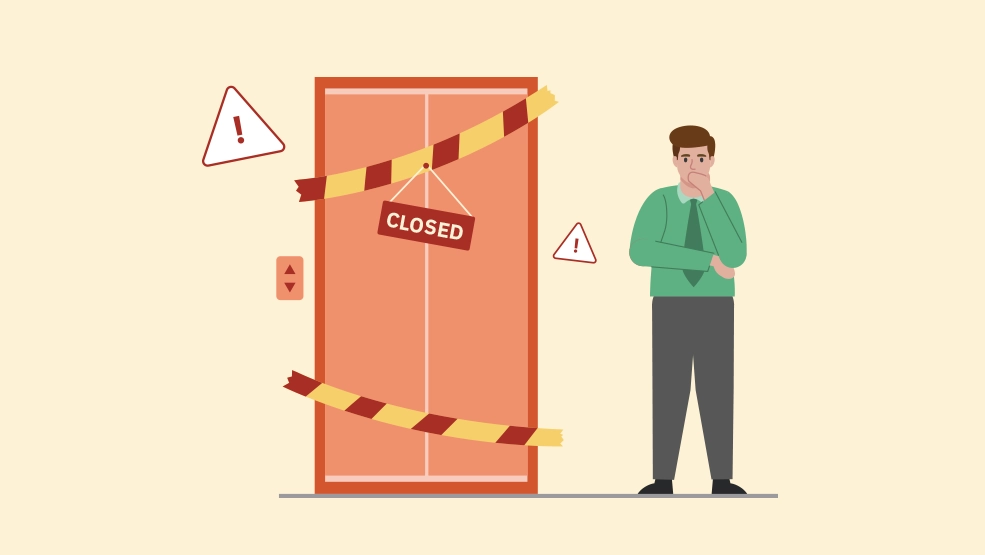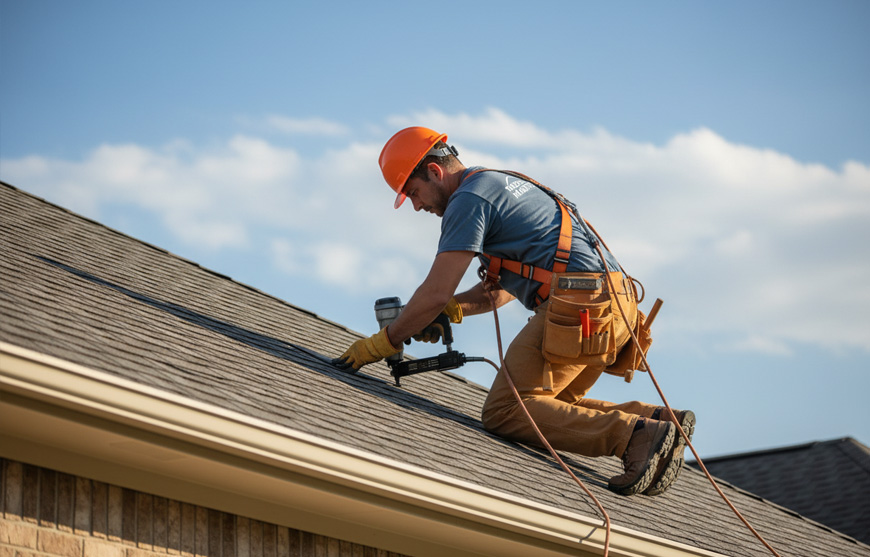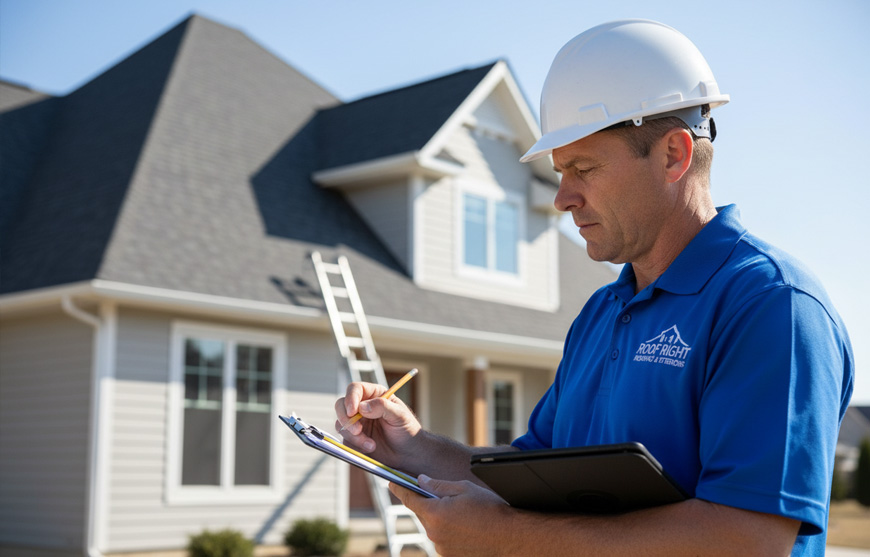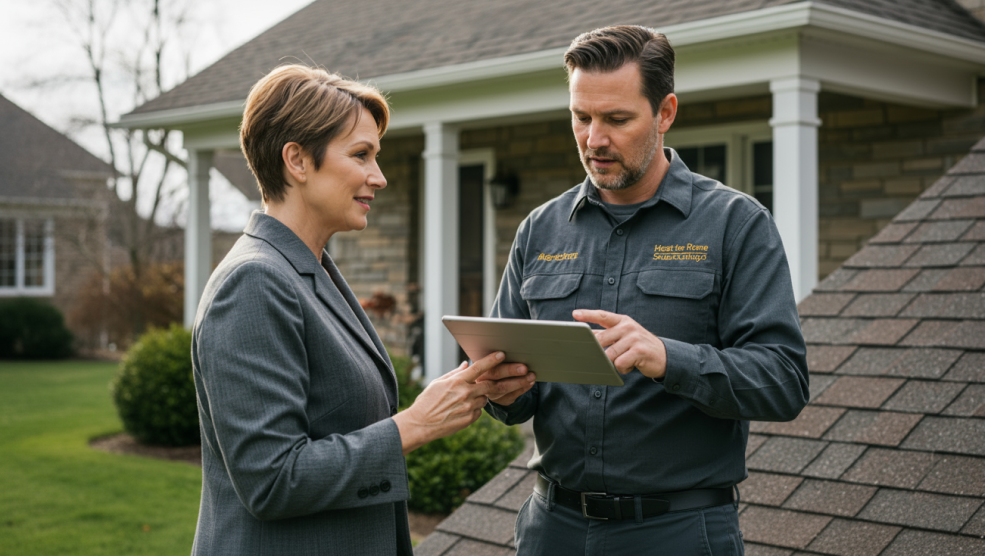Elevators are an essential part of modern life. They provide a safe and convenient way to travel between floors in tall buildings. However, like any machine, elevators can experience problems. It is important to be aware of the warning signs so that you can take action and prevent a serious breakdown.
Everything is easier when your elevators are working. But what happens when your elevator gets suddenly stuck between floors? It’s not what your visitors deserve.
Just like the cars we use, elevators need regular maintenance if they are going to run smoothly. But elevators seldom “just break,” there are warning signs, and by knowing what to look for, you can avoid breakdowns before they actually occur.
Spot these early signs of elevator problems
A failure of any component can be responsible for causing serious injury to your visitors. This is not just financially expensive to repair but could leave you vulnerable to law suites. When you see the early signs of a component beginning to fail, act quickly to address the problem before it becomes expensive—and dangerous.
Let’s look at some potential warning signs to look out for.
1. Frequent breakdowns
If your elevator is experiencing frequent breakdowns, such as stopping for a while or the doors closing or opening improperly, it is time to have it serviced. Even if these issues only occur once a week, it is important to have a professional inspect the elevator to identify and fix any potential problems.
The older your elevators are, the more likely they will break down or malfunction. Additionally, if posted guidelines about weight capacities are not followed, and the elevators are overloaded, it can affect the performance of an elevator. Vandalizing or stopping doors from closing by using an object instead of a button can also cause additional wear on an elevator. When the doors are forcibly prevented from closing, it puts strain on the door mechanisms, motor, and other related components.
2. Improper leveling
Have you noticed that your elevator suddenly stops and resumes just above or below a floor? If you have, then the elevator is already malfunctioned. Sudden stopping with rough movements may injure the passengers inside—and it is something you should get checked out.
An elevator is supposed to run smoothly—without jerky movements. It just stops accurately at a floor. If the door gap between the elevator door and the floor level is more than ½-inch, it is possible for the gap to grow wider —- causing serious danger. If you have ever noticed signs like the elevator getting jerked or stopping suddenly, we can clearly say these are unusual. Go for an elevator service without delay to avoid risks.
Mid-level stopping is often due to worn-out traction systems, especially in older buildings. Cables and cars will wear out, and their efficiency will decrease over time. If the brake system is not replaced, the built-in tolerance level of the elevator may not function properly — meaning the elevator would not be able to withstand its maximum capacity.
3. Irregularities in speed
Have you noticed any significant change in your elevator speed? The change may take time to notice. It can even be a gradual change. It may feel like the elevator suddenly speeds up or slows down before stopping on the floor.
Unexpected speed changes when moving between floors are one sign to look out for. If the car “bounces” once it reaches a floor, this is another strong indicator of a problem with the elevator. To prevent serious issues, call for a service once you start noticing one of the above signs.
4. Unusual noises
Speed irregularities are mainly due to problems with pulleys, cables, and hoisting motors.
Modern elevators are designed to operate silently. If your passengers experience any unusual noises, then it is likely that the elevator has mechanical issues that need to be addressed. Unusual noises from an elevator are sometimes overlooked, but addressing them is critical if you are to avoid larger problems that could lead to elevator failure.
If you hear anything like scraping, grinding, or squeaking sounds, it is nothing, but there are different issues with motors, gears, and pulleys. Sounds aside, vibrations from your elevator may also indicate wearing out elevator cables, motors, and pulleys. These signs reflect that the elevator may not operate smoothly and may lose capacity.
5. Longer wait times
Visitors waiting time for the elevator should be less than 20 seconds between two floors. If it is 40 seconds, it is considered poor. Take the time to observe how long the elevator actually takes to get from the bottom floor to the top floor—make sure this is within spec, according to the manufacturer.
Suppose you observe the wait time is longer than it should be. In that case, your elevator is not performing correctly, and a thorough inspection should be performed to address the poor performance—a malfunctioned relay or control system may be to blame.
If the elevator is old, slow performance is likely, and it will take longer to travel between floors. Check with your elevator service and repair contractor to see if it is something that can be fixed or if it is beyond repair. An elevator that cannot be fixed should be replaced.
Preventative maintenance is the key
Generally, commercial elevators have the potential to become hazardous if they are not properly maintained. And most building managers think having a preventative maintenance plan for their elevators is unnecessary and expensive.
The truth is the maintenance cost is less than the repair cost. Poor elevator maintenance means increasing your exposure to liability and law suites should someone be injured. Ensuring timely maintenance of your elevators will lead to fewer accidents and prevent the necessity of much more costly repairs.
Start getting time-to-time maintenance services and inspections to avoid costly repairs and prevent hazards from developing. Irregular maintenance services may leave large gaps between checkups. If you overlook the signs of elevators’ problems, it may become a major issue for your elevators.
Professional technicians have the experience and expertise to identify and resolve issues during regular maintenance before they become much larger problems. Committing to a regular maintenance schedule ensures that your elevator is in proper working order and improves its overall lifespan while reducing downtime.
Make sure that your visitors use elevators by following essential safety measures. Follow safety regulations and make sure your elevators run safely and avoid malfunctioning.
Conclusion
Elevator problems are common. But spotting the warning signs and resolving those issues quickly will help to ensure smooth operation and minimize service interruptions.
We hope this article has got you covered. If you’re looking for more tips, stay in the loop here to get more industrial updates, news, podcasts, and more.



